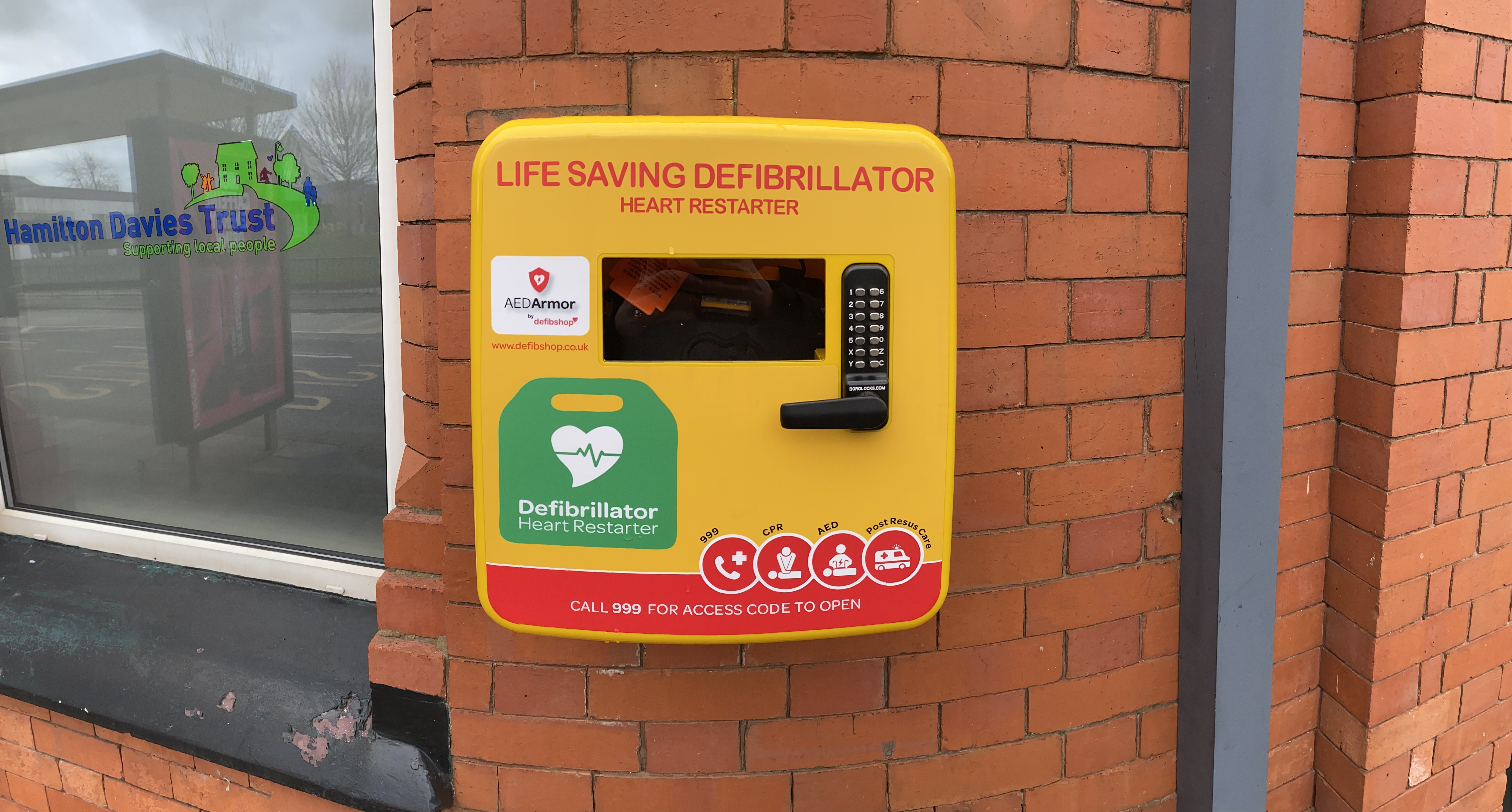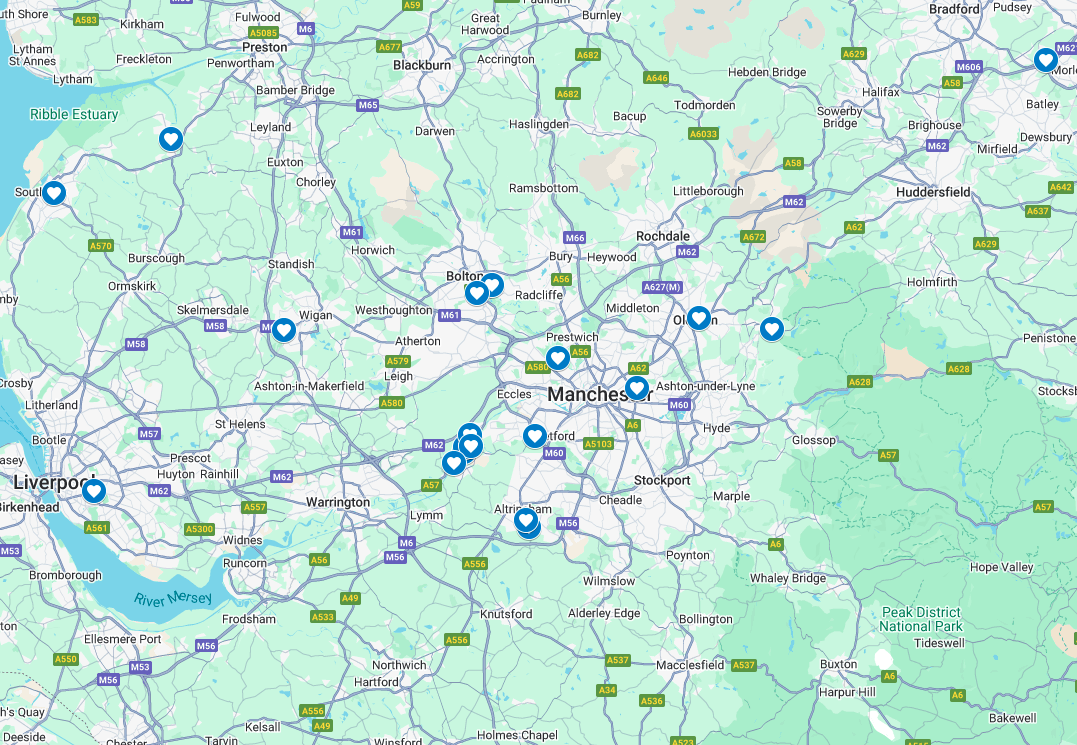Should AEDs be mandatory on flights?

After a recent holidaymaker collapsed after suffering a cardiac arrest on board a Ryanair flight to Lanzarote, airline authorities have been called into question for not having a mandatory ruling that all commercial flights should have an AED on board.
However, the UK Civil Aviation Authority (CAA) says that there is no evidence to suggest passengers are at heightened risk of sudden cardiac arrest and that they do not consider it to be justified to make it compulsory for all aircraft to carry defibrillators.
Our question is; why do passengers have to be at a heightened risk to deserve the safety of an AED on board an aircraft?
47 year old Davina Tavener fell ill whilst travelling to Spain and after leaving her husband and two children to go to the bathroom on board, she did not return. Members of the cabin crew opened the toilet door to find she had collapsed.
A consultant breast surgeon who was on board the flight tried to help the cabin crew and other passengers save her but after asking for a defibrillator, was surprised to find that there was no such equipment on the aircraft.
During the last calendar year, global flights per day topped a huge 100,000, that’s 37.4 million flights per year with 49,871 routes being flown globally through 12 months of the year.
Airline industries spend a massive 210billion US dollars on 273billion litres of fuel per year to service the 1,397 commercial airlines, whose accumulated aircraft passes 25,000 passenger planes.
The bottom line? Approximately 3billion people used air travel in 2014. And that number is only increasing with cheaper fares provided by the likes of Ryanair, Easyjet and Jet2.
Now, the CAA has enforced a ruling for all airline cabin crew to be first aid trained and all passenger aircraft must carry a first aid kit on board but the inclusion of a defibrillator within that kit is, to us, a glaring omission.
Their reasoning behind not making an AED a mandatory piece of on board equipment? ‘Cases of sudden cardiac arrest are very rare when compared to the number of passengers.’
‘The evidence from those airlines that have been carrying defibrillators is that although a few lives are saved, in most cases the use of a defibrillator is not successful.’
We say that is it not in the best interest of the CAA that when passengers are in their care during travel, that they should be prepared for every eventuality on board – no matter what the chances are of someone suffering a cardiac arrest?
Surely, at the price that a defibrillator would cost to be installed on board (grain of sand on a beach kind of context) it would be both morally and ethically better to have an AED present and to say every resource was used to try and save a person’s life than to say that chance outweighed reason?
In 2004, the US Federal Aviation Administration upgraded their onboard emergency medical equipment to include a defibrillator stating that any commercial flight with twenty seats or more should include an AED as part of their medical kit.
‘Cabin crew must be certified in cardiopulmonary resuscitation, use of the AED, and contents of the primary medical kit.’ – Federal Aviation Administration; Section II.4.1 Airline Operations;
In fact, since 2004 the FAA registered cabin crew have all been required to have training on defibrillators as part of their first aid training, not just the inclusion of an AED machine - which are designed so that any first responder can use them.
Sudden cardiac arrest can affect anyone, no matter of age, gender, ethnicity or fitness level. The only form of treatment after someone has suffered a cardiac arrest is the immediate application of cardiopulmonary resuscitation (CPR) and the use of a defibrillator.
If treatment is provided within 3-5 minutes of collapse, a person’s survival chances increase from 6% to 74%. For every minute that passes without treatment, a person’s survival chances decrease by approximately 10% per minute.
The average time to land a plane from a standard cruising altitude of 30,000ft is approximately 30 minutes.
It stands to reason that if you suffer a sudden cardiac arrest on a flight that does not have a defibrillator present, your survival chances are extremely slim.
Two representatives of Ryanair who appeared at the inquest of Davina Tavener, Chris Grube, regional air base manager, and Eva Roharikova, chief instructor of safety, both said they could not comment on the possibility of introducing defibrillators on the airline at that time.
We believe that given the number of people now travelling the world via air travel and the restricted environment in which passengers find themselves on board an aircraft, airlines should be taking all precautions necessary to ensure the safe travelling of their passengers.
This means that defibrillators should be available. Without Question.
Agree with what we’re saying? We’ve found an online petition via Change.org campaigning for every flight to have an AED on board and at least one flight attendant to be CPR-trained in the event of an emergency.
For further information regarding defibrillators, cardiac arrest, the heart and everything in between, head to our FAQ page which is packed full of useful information or alternatively, contact the defibshop team on 0845 071 0830.












